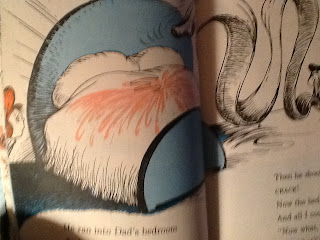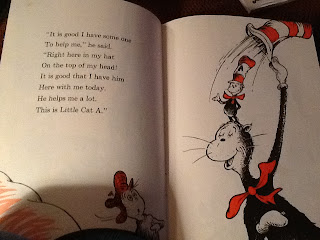Part 1
The idea that I felt most comfortable with in the RLM was "Inclusiveness" or "inclusion". I say this for really one major reason. I've been apart of organizations and activities where I didn't feel included, and I have never been more put off or unwilling to help with something in my life. For me, I want to learn about what an organization is doing, how they do it, and why they do it. I also want to feel like I'm making a meaningful contribution to the group. Whether it be through my thoughts and opinions, or through physical exertion. But when I didn't feel included, and couldn't help or be useful in any ways, I no longer wanted to be part of that group. The book does a nice job in defining the importance of inclusion:
"Being inclusive embraces having the skills to develop the talent of members so they can be readily involved. [...]. Inclusiveness breeds new leadership and creates a positive cycle that sustains the quality of an organization over time."
Because of this experience, it is always my one of my first priorities that everyone in my group feels included. I understand that not everyone wants to have a say in everything that goes on in an organization, or may not want to have a part in every activity that takes place, but I make sure that the reason they aren't participating is because they don't want to, not because they feel excluded.
Part 2
When asked to pick a children's book that reflected an aspect of the RLM, I instantly thought of Dr.Seuss. So, I walked over to my childhood bookshelf and picked out The Cat in the Hat Comes Back (hence the title of my blog post). In this book, the Cat in the Hat causes his usual mischief by leaving a pink cat ring in the tub (seen below)
After trying various methods to get rid of the ring (using dresses, shoes, and bed sheets) he has to
recruit the help of Cat A. (Seen below, again)
The Cat in the Hat continues to recruit more and more help until he finally has to recruit Cat Z (cat z is so tiny that you cant even see him) who ends up fixing the entire problem. (Seen below, once again)
(This of course is just a brief summary of the book)
I suppose I should probably explain why I thought of Dr. Seuss for this part of the assignment...
The Cat in the Hat shows how he has a great "Relational"ship (Get it?) with his network of "followers" (Cats A through Cat Z) The Cat in the Hat, after failing to solve his task at hand, requests the help of Cats A-Z. He "empowers" the cats to use whatever methods they want when helping to solve his problem, which is why I chose this book. Empowering is one of the aspects of the RLM and the Cat in the Hat empowers his "followers" to help him solve his issue. (And now my reasoning has gone full circle)










